Former FEPS member Yuhan Yao just completed her PhD at Caltech. She will begin a Miller Fellowship at UC Berkeley in the fall. Yuhan worked in our group in 2017 as an undergraduate, leading a paper on circumstellar disk evolution as a function of stellar mass.
Author Archives: Michael R Meyer
Congratulations Doctor De Furio!
Matthew De Furio successfully defended his PhD July 6. Matthew will be moving to the University of Texas, Austin, to take up his National Science Foundation Postdoctoral Fellowship later this month. Matthew has been a member of FEPS since near the beginning and it is hard to imagine the group without him, but we will continue our fruitful collaborations. Congratulations Matthew!
PHINISHED!
MIRAC-5 has first light at the 6.5-meter MMT in Arizona!
Graduate student Rory Bowens and Prof. Meyer working with Dr. Jarron Leisenring and the MAPS Team from the University of Arizona were able to detect infrared photons with the new MIRAC-5 camera sporting the UM Geosnap detector. For more information about the run see the MAPS team blog.
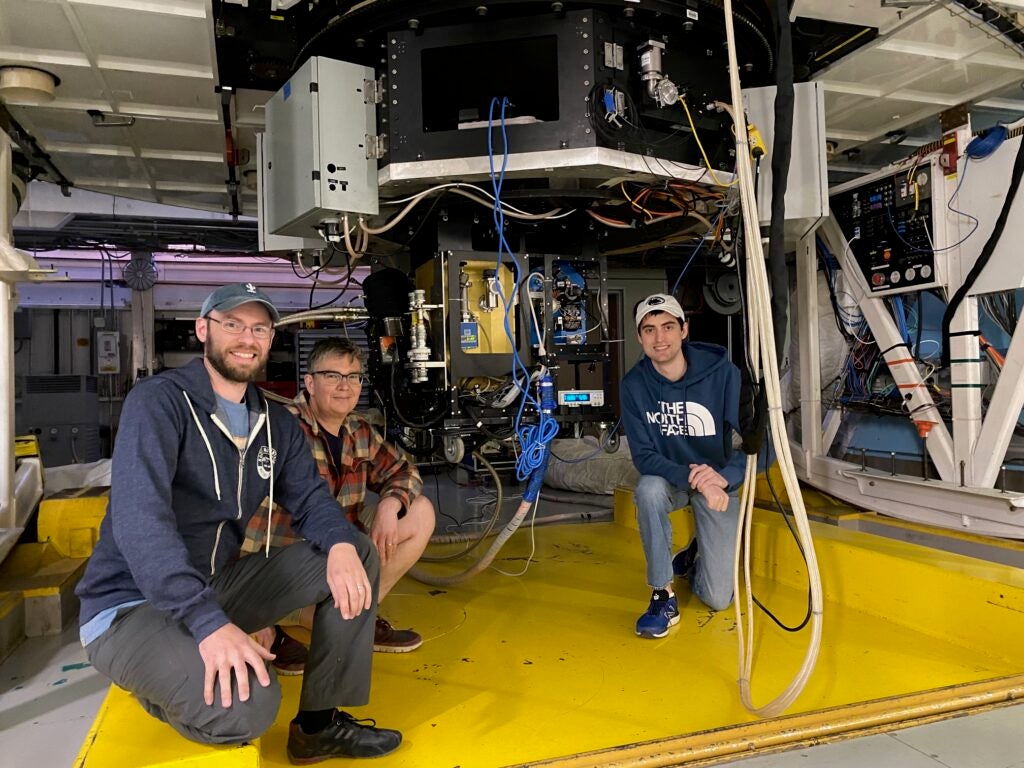

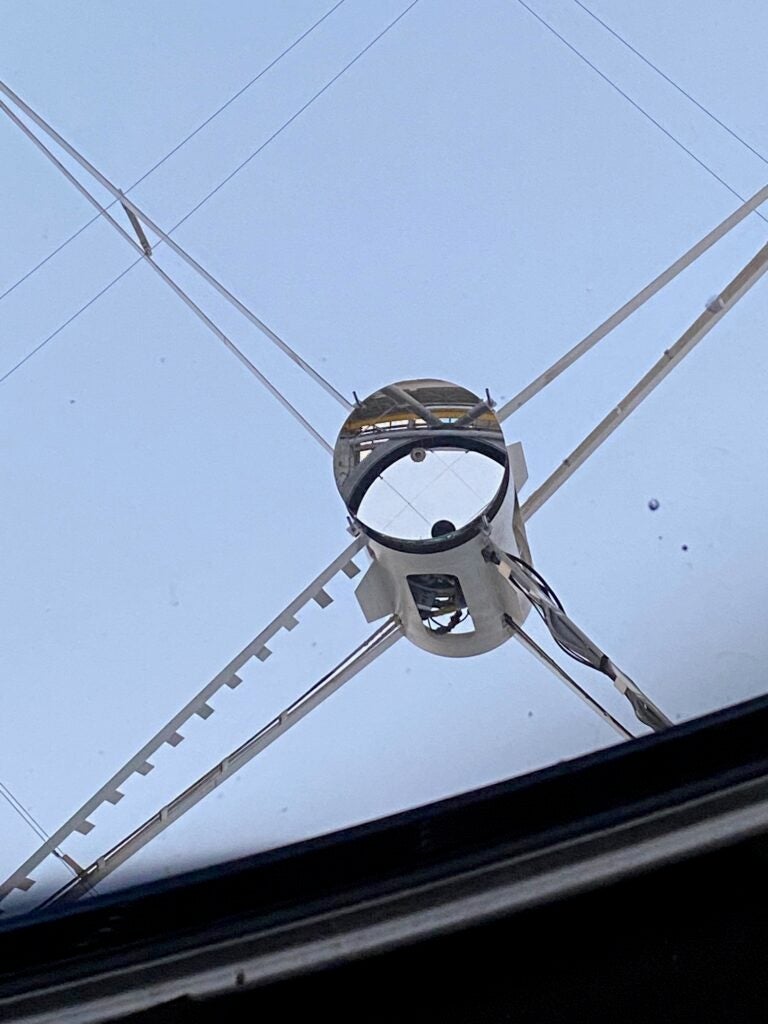
MIRAC-5 Heads to Mt. Hopkins
Graduate student Rory Bowens is in Arizona, working with a team at the University of Arizona, to transport MIRAC-5 to the 6.5 meter MMT on Mt. Hopkins. MIRAC-5 will be one of two mid-infrared cameras in the world to operate with adaptive optics correction. And it will be the only mid-infrared astronomical instrument with a new Geosnap detector from Teledyne Imaging Sensors, developed by the University of Michigan. The MIRAC-5 team will return to Mt. Hopkins in early June for the commissioning run. Good luck Rory!
JWST sees water vapor near a distant planet—but is it in the planet’s atmosphere or its star?
NASA Sagan Fellow (and FEPS Research Group member) Ryan MacDonald led the modelling of JWST observations of GJ 486 b, in order to understand its atmosphere through transmission spectroscopy. The favored interpretation is that GJ 486 b is a “water world”, with an atmosphere that suggests the presence of surface water content many times that of Earth, leaving no land area exposed. Such planets are predicted to be a common outcome of the planet formation process, but until recently these predictions have been hard to confirm. However for GJ 486 b, there is an alternative explanation: the features seen in the spectra could be due to star-spots on the surface of the primary rather than a feature of the planet seen in transmission. To read more, see the UM press release.
Yiting Li to join FEPS in summer 2023!
Yiting Li, a graduate student finishing her PhD at UC Santa Barbara, will be joining the FEPS research group in summer 2023 as a postdoctoral fellow. Yiting, who is one of the key authors of the OVARA orbit fitting code, is an expert in using astrometric constraints to find targets suitable for direct imaging. She will be contributing to our team’s work with JWST, as well as some of our laboratory work. We cannot wait to welcome her to Ann Arbor! An example of her work can be found here.
JWST discovers first Y+Y dwarf binary!
We have discovered the first Y dwarf companion to a Y dwarf primary, as part of JWST Cycle #1 GO 2473. Y dwarfs are the coolest known objects that form in isolation with temperatures < 500 Kelvin, approaching that of Jupiter. The primary WISE 0336 has a temperature of about 400 K while the companion has a temperature of about 300 K, like that of the Earth, and the separation between them is about the same as the mean Earth-Sun distance, 1 AU. Assuming ages for the system between 1-5 Gyr, the primary mass range is 9-18 Jupiter masses while the secondary is between 5-12 Jupiter masses. For comparison, the deuterium burning limit, a somewhat arbitrary definition for a “planet” versus “brown dwarf” lies at 13 Jupiter masses. With an orbital period of 7 years, we should know the true masses soon. The system provides an end-member case of multiple formation closing in on the opacity limit for fragmentation in the interstellar medium, a fundamental prediction in star formation theory. Overall, we hope to learn about the formation and evolution of these brown dwarfs as multiple systems, as well as whether they are capable of forming gas giant planets. Per Calissendorff, Matthew De Furio, and Michael Meyer led the paper from the FEPS group at UM. The paper was recently accepted for publication in the Astrophysical Journal Letters and a preprint can be found at https://arxiv.org/abs/2303.16923. A story at Physics.Org can be found here. Another story, posted at the AAS Nova site can be found here.
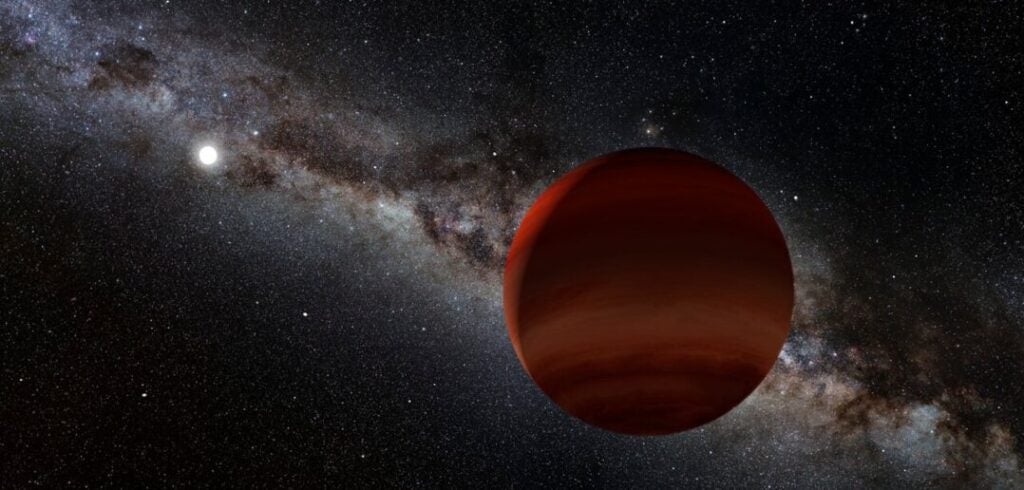
Congratulations Matthew De Furio, 2023 NSF Astronomy and Astrophysics Postdoctoral Fellow!
We are very excited to share that Matthew De Furio was awarded a 2023 National Science Foundation Postdoctoral Fellowship to carry-out his proposed research on multiplicity in the Orion OB Association. Matthew will graduate in summer 2023 and take his fellowship to the University of Texas at Austin in the fall. Congratulations Matthew! Fortunately, FEPS get to benefit from Matthew’s presence for a few more months.
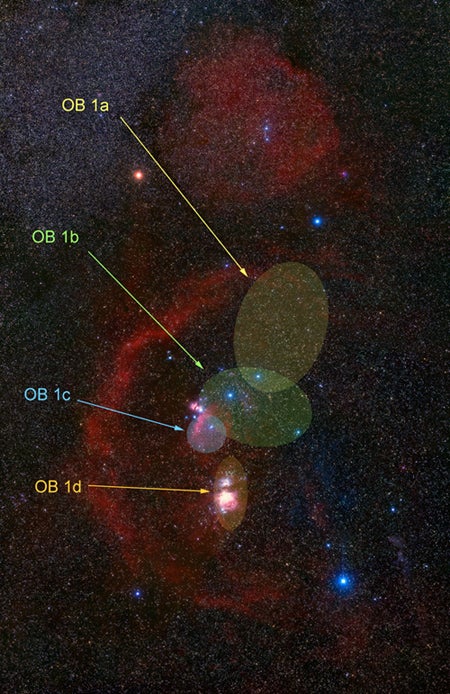
FEPS Storms Columbus for GLEAM 2
The second Great Lakes Exoplanet Area Meeting (GLEAM) was held November 17-18 at the Ohio State University in Columbus, OH. Several members of MI-Planets, the University of Michigan Exoplanet Initiative, participated including Taylor Tobin, Per Calissendorff, Gabriele Cugno, Michael Meyer, Emily Rauscher, Ryan Challener, George King, Lia Coralles, Haley Beltz, and others. The first in this series was held in Ann Arbor at the University of Michigan in 2021. Thanks to David Martin, Marshall Johnson, and Scott Gaudi, and all our hosts at OSU. We look forward to GLEAM 3 in 2023!
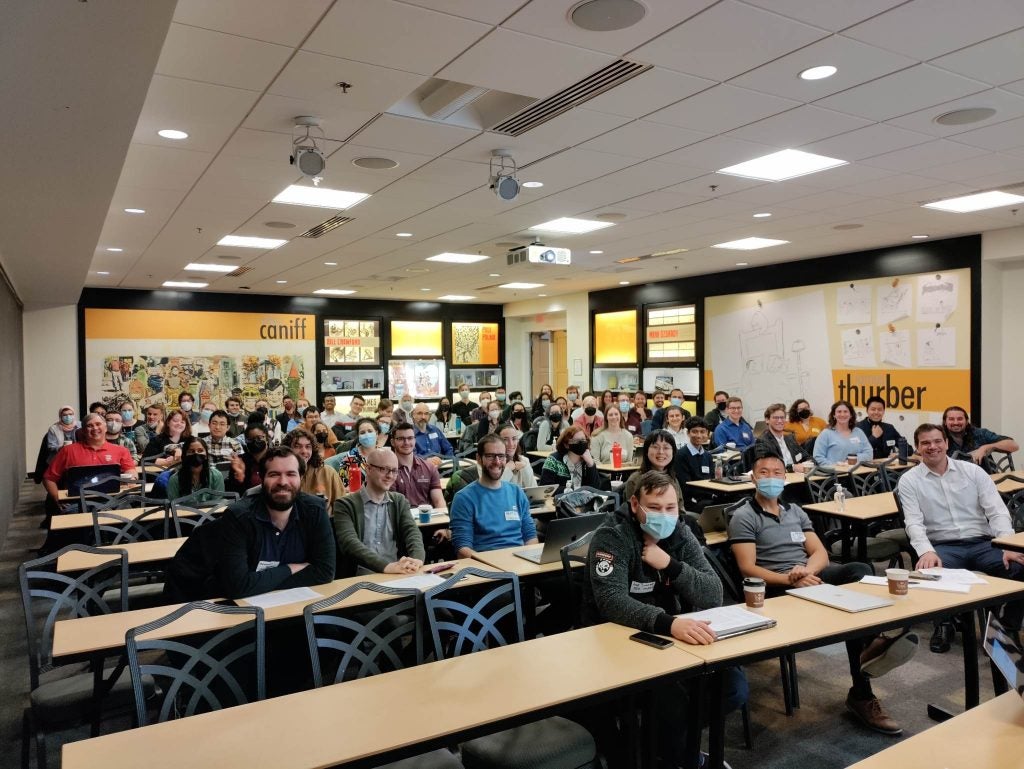
An Exoplanet Atmosphere as never seen before!
New JWST observations of Wasp 39 b reveal new features of exoplanet atmospheres not seen before, such as the presence of SiO2 in the atmosphere. These data, part of the Early Release Science Program, of which Ryan MacDonald and Emily Rauscher are part, are a treasure trove for exoplanet atmosphere enthusiasts. The UM press release can be found here. As part of this release of four new papers published in Nature, Ryan helped create this video of early career scientists explaining the work. Congratulations to Ryan, Emily, and the entire team!


